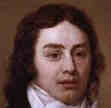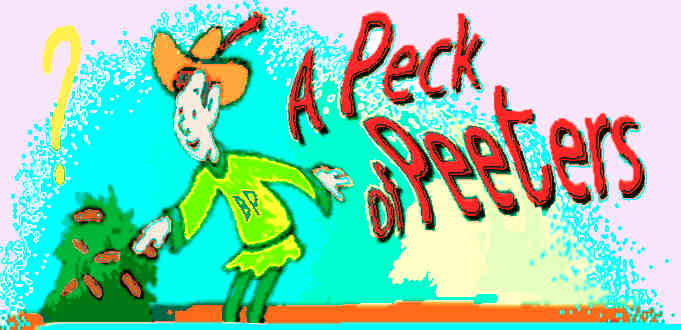1956 Fifty-two persons in sinking
of Andrea Doria ^top^
One hour before midnight on 25 July 1956, the Swedish ocean liner Stockholm collides
with the Italian liner Andrea Doria off the coast of
Nantucket. Both ships are equipped with radar and authorities
would be puzzled as to the cause of the accident that left fifty-two
people dead. Although the Stockholm makes it back to
port, the Andrea Doria sinks.
At 23:10, 70 km south of Nantucket
Island, the Italian ocean liner Andrea Doria and the
Swedish ocean liner Stockholm collide in a heavy Atlantic
fog. Fifty-one passengers and crew were killed in the collision,
which ripped a great hole in the broad side of the Italian vessel.
Miraculously, all 1660 survivors on the Andrea Doria
were rescued from the severely listing ship before it sunk late
the next morning. Both ships were equipped with sophisticated
radar systems, and authorities were puzzled as to the cause
of the accident.
In the mid-1950s, more than 50
passenger liners steamed between Europe and America, exploiting
a postwar boom in transatlantic ocean travel. The lavishly appointed
Andrea Doria, put to sea in 1953, was the pride of the
Italian line. It was built for luxury, not speed, and boasted
extensive safety precautions, such as state-of-the-art radar
systems and 11 watertight compartments in its hull. The Stockholm,
which went into service in 1948, was a more modest ocean liner,
less than half the tonnage and carrying 747 passengers and crew
on its fateful voyage. The Andrea Doria held 1706 passengers
and crew in its final journey.
On the night of 25 July 1956,
the Stockholm was just beginning its journey home to
Sweden from New York, while the Andrea Doria was steaming
in the opposite direction. The Italian liner had been in an
intermittent fog since midafternoon, but Captain Piero Calami
only slightly reduced his speed, relying on his ship's radar
to get him to his destination safely and on schedule. The Stockholm,
meanwhile, was directed north of its recommended route by Captain
H. Gunnar Nordenson, who risked encountering westbound vessels
in the name of reducing travel time. The Stockholm also
had radar and expected no difficulty in navigating past approaching
vessels. It failed to anticipate, however, that a ship like
the Andrea Doria could be hidden until the last few minutes
by a fogbank.
At 22:45, the Stockholm showed
up on the Doria's radar screens, at a distance of about 17 nautical miles
(31 km). Soon after, the Italian ship showed up on the Stockholm's
radar, about 12 miles away (22 km). What happened next has been subject
to dispute, but it's likely that the crews of both ships misread their
radar sets. Captain Calami then exacerbated a dangerous situation by
making a turn to port for an unconventional starboard-to-starboard passing,
which he wrongly thought the other ship was attempting. About two miles
(4 km) away from each other, the ship's lights came into view of each
other. Third Officer Johan-Ernst Bogislaus Carstens, commanding the bridge
of the Stockholm, then made a conventional turn to starboard.
Less than a mile (more than 1 km) away,
Captain Calami realized he was on a collision course with the Stockholm
and turned hard to the left, hoping to race past the bow of the Swedish
ship. Both ships were too large and moving too fast to make a quick turn.
At 23:10, the Stockholm's sharply angled bow, reinforced for breaking
ice, smashed 10 meters into the starboard side of the Andrea Doria.
For a moment, the smaller ship was lodged there like a cork in a bottle,
but then the opposite momentum of the two ships pulled them apart, and
the Stockholm's smashed bow screeched down the side of the Doria,
showering sparks into the air.
Five crewmen of the Stockholm
were killed in the collision. On the Andrea Doria, the
carnage was much worse. The bow of the Swedish ship crashed
through passenger cabins, and 46 passengers and crew were killed.
One man watched as his wife was dragged away forever by the
retreating bow of the Stockholm. Fourteen-year-old Linda Morgan
was asleep on the Doria when the impact somehow catapulted
her out of bed and onto the Stockholm's crushed bow. She was
later dubbed "the miracle girl" by the press.
With seven of its 10 decks open to the
Atlantic waters, the Andrea Doria listed more than 20 degrees
to port in minutes, and its watertight compartments were compromised.
A lifeboat evacuation began on the doomed ship. The evacuation initially
went far from smoothly. The port side could not be used because the ship
was listing too much, which left 1044 lifeboat seats for the 1706 on
board. Passengers in the lower cabins fought their way through darkened
hallways filling up with ocean water and leaking oil. The first lifeboat
was not deployed until an hour after the collision, and it held more
crew than passengers.
Fortunately, the Stockholm, which
had suffered a nonfatal blow, was able to lend its lifeboats to the evacuation
effort. Several ships heard the Doria's mayday and came to assist. At
02:00 on July 26, the Ile de France, another great ocean liner,
arrived and took charge of the rescue effort. It was the greatest civilian
maritime rescue in history, and 1660 lives were saved. The Stockholm
limped back to New York.
At 10:09 on 26 July, the Andrea Doria
sank into the Atlantic. Almost immediately, the wreck, located at a depth
of 75 m, became a popular scuba diving destination. However, because
of the extreme depth, the presence of sharks, and unpredictable currents,
the Doria is known as the "Mount Everest" of diving locations. |
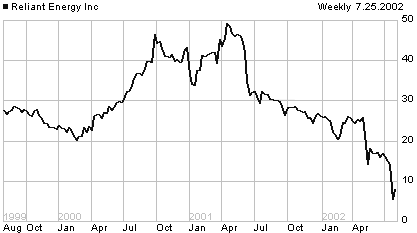 On
a 25 July:
On
a 25 July: 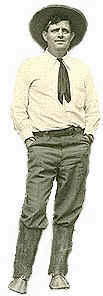 1897
1897
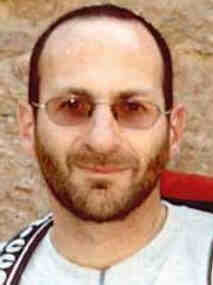 Deaths
Deaths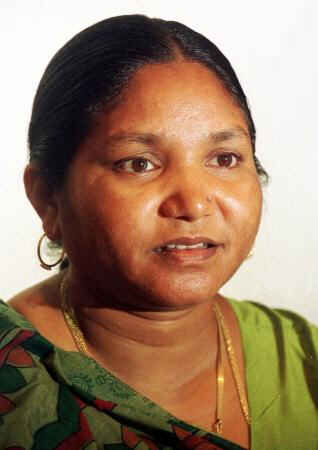
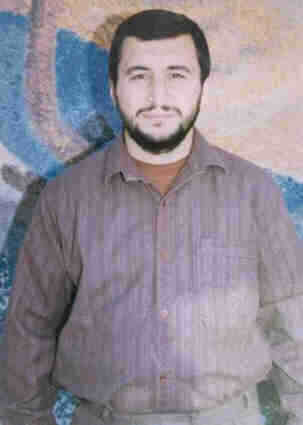 After her release, Devi sought to take her fight for justice for the
poor into government. She became a member of Parliament in 1996, winning
with a wide margin, thanks mostly to the support of women and the poor.
After her release, Devi sought to take her fight for justice for the
poor into government. She became a member of Parliament in 1996, winning
with a wide margin, thanks mostly to the support of women and the poor.
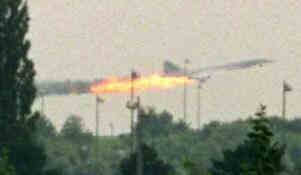 2000:
113 people in the first Concorde crash.
2000:
113 people in the first Concorde crash.
